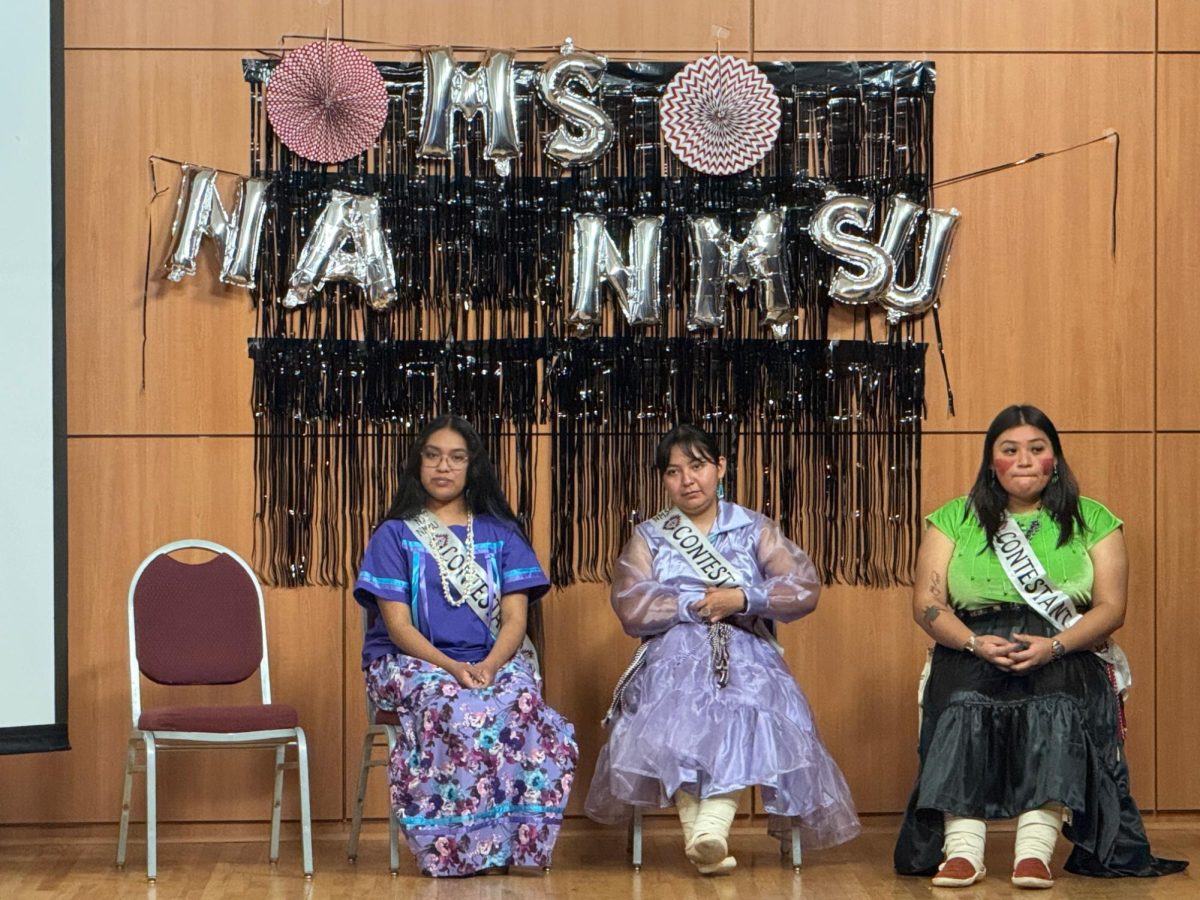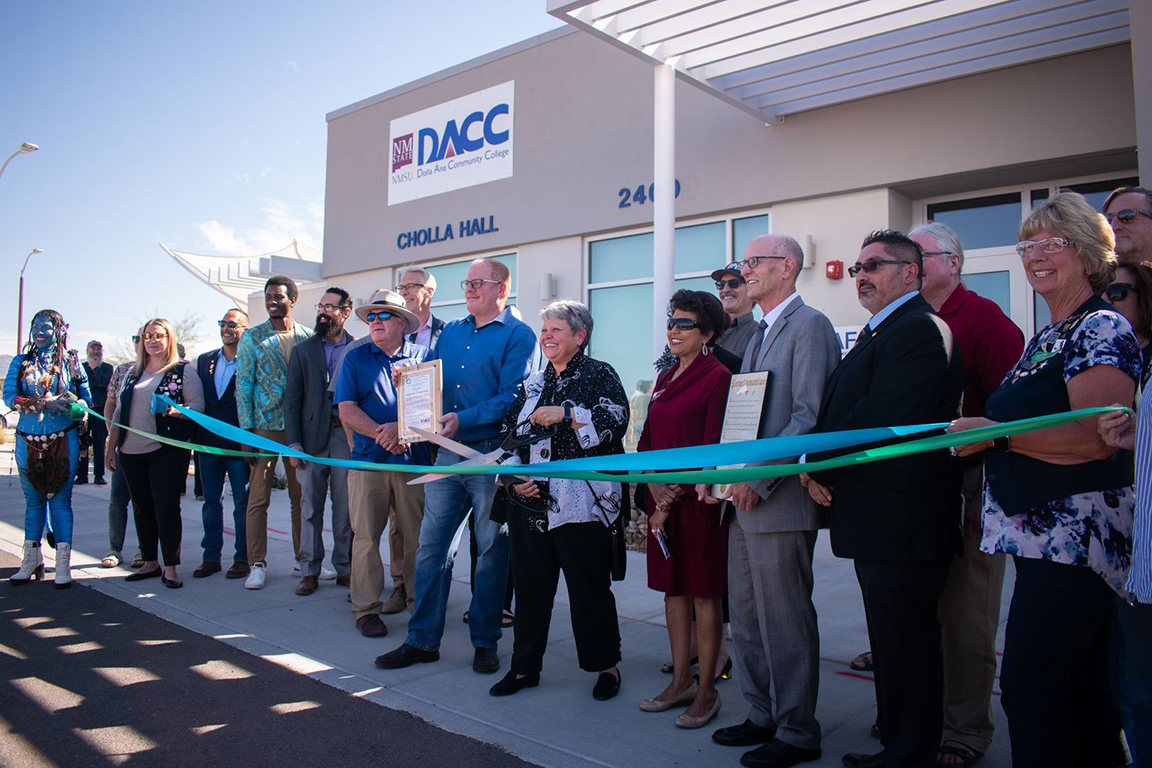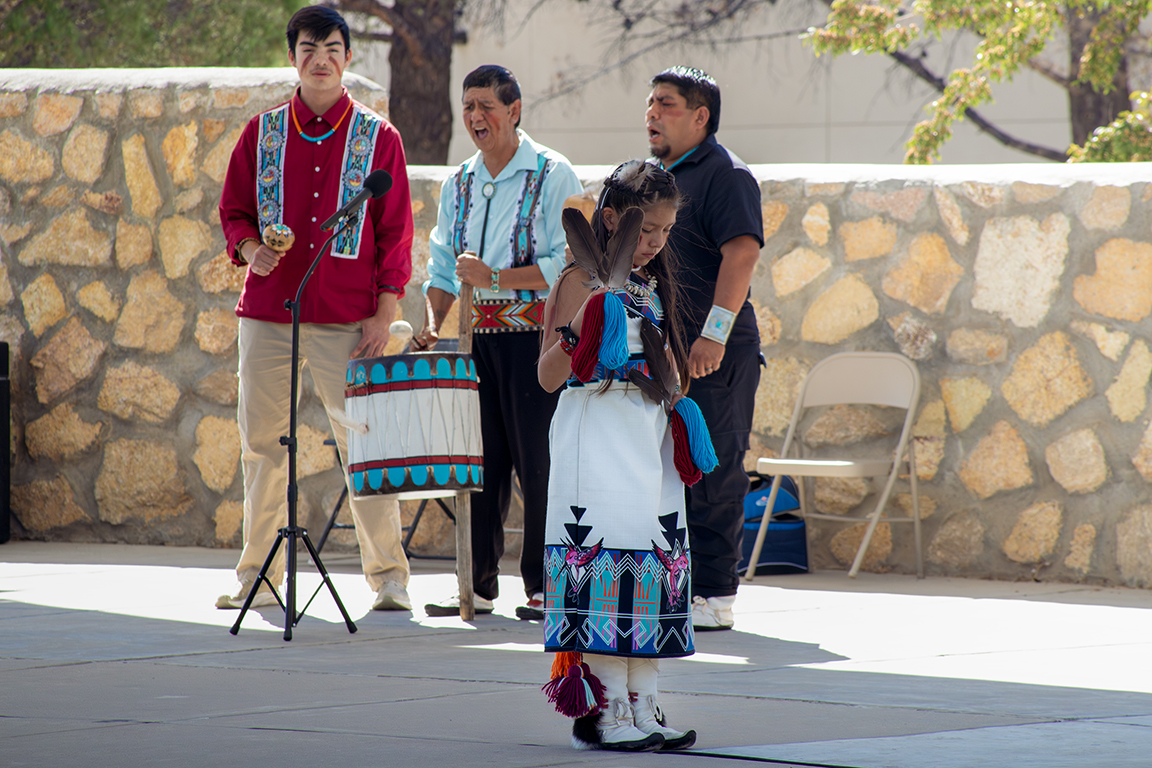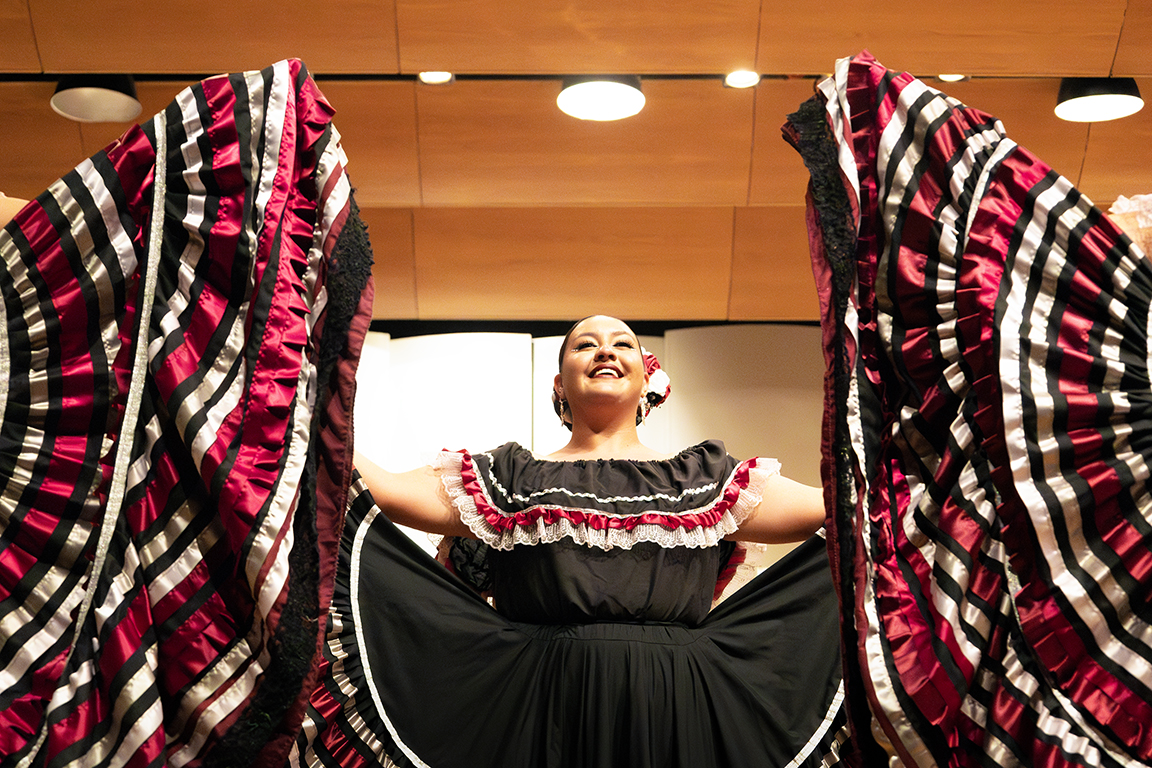Because of the passionate work of Dr. Julia Smith, the public can now view films by the late New Mexico State University professor, Orville Wanzer, for the first time since they were first filmed over 60 years ago. What began as a series of discoveries led to an in-depth project that Smith has dedicated her time and energy to bringing to life.
Smith is a former NMSU professor with a bachelor’s degree in English, a master’s degree in literature, and a Ph.D. in Literature, Theory and Culture, with an emphasis in Film Theory. In her work, she explores issues of culture, society, relationships of power, with focuses on gender and sexuality studies.
On Feb. 24, Wanzer’s film “George Andrews” was screened at the Fountain Theater in Mesilla, with several of the attendees being friends and previous students of Wanzer. Many were also the children of students who had worked on his films. “The Devil’s Mistress”, another film by Wanzer that had been fully recognized, has screened across theaters in New Mexico within the past year.
“In some ways, ‘The Devil’s Mistress’ was really up my alley when I found it ... but so was ‘George Andrews’,” Smith said. “Both of them I would consider to be independent filmmaking on a low budget. I’m really interested in that kind of film making … It was kind of a rebellious outsider film.”
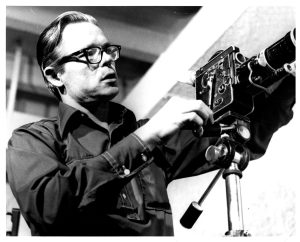
Smith spent five years restoring Wanzer’s film reels. This process included digitizing, syncing sound, editing, inserting subtitles, and coloring the film. She said many people she spoke to after completing the process were appreciative.
“[It’s] fortunate enough for us that we are still able to preserve those things and see them … regardless of the end product,” said Dave Edwards, an MFA graduate student in creative writing with an emphasis on screenwriting.
Ulises Cordova is a digital filmmaking student who attended the screening of “The Devil’s Mistress” back in 2019 as well as the screening of “George Andrews” in February. He remarked that the film was “ahead of its time.”
“It uses really cool editing techniques that you don’t really see – or that you didn’t see in a lot of in movies before that [time],” Cordova said. “Overall, it’s a cool perspective.”
Smith said that “George Andrews” was one of the many discoveries she made after finding “The Devil’s Mistress”. She also realized Wanzer’s huge role in creating the NMSU film program and the ways he contributed to film culture. Smith recalled the moments leading to the discoveries and the opportunities she opened herself up to.

“It was actually a really interesting series of events … I was teaching Film as Literature in the English Department, much like Orville Wanzer did in the early 60s when he first started teaching film studies in English,” she said. “I met the department head of the Rio Grande Historical Archives and Collections, Denis Daily, and he told me about this vampire western that was made by [an] NMSU professor … When he [Wanzer] had to move back to Cruces because he was getting too old to live out there, they found all of these films under his bed. Most of them were his originals, like ‘The Devil’s Mistress’ original cut, the original cut of ‘George Andrews’ … and a lot of his nature montage documentaries called the ‘The Gila Interludes’.”
The Institute of Historical Survey played a big role in Smith’s project, bringing these films to life. Smith mentioned that the IHSF screened “George Andrews”, which was the first time she saw it. She went on to digitize the film at the Institute of Historical Survey, who gave her access to the Wanzer archive.
“I think [there was] about six 10-minute 16mm reels of film of ‘George Andrews’, along with four 16mm magnetic sound tape reels, which is just sound … and [it was] really good quality,” Smith remarked. “The other good thing that happened with ‘George Andrews’ is Peter Goodman provided me the original script for the film.”
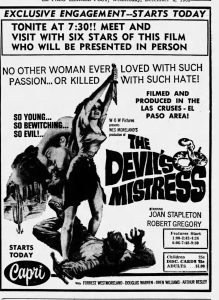
This discovery garnered the attention and support of other film archivists. The former president of the Institute of Historical Survey, Evan Davies, discovered that Wanzer was still alive at that time. Davies surprised Smith with meeting Wanzer at the Memorial Medical Center following her discovery of “The Devil’s Mistress” back in February of 2019.
After meeting him, Smith conducted an audio interview with Wanzer. At the time, she was teaching a history of cinema course, and later gathered a group of students from the Creative Media Institute to help her take on the project through a documentary lens.
“I found out so many things about him, including the fact that he was both queer and trans, even though he wouldn’t use those terms – but that has also given me a lot to consider,” Smith said. “I suppose when I’m thinking about analyzing his films or thinking about his work, in some ways being somebody who’s also a scholar of queer theory and trans theory and feminist theory, I became really interested, as well – thinking about his films in queer and trans readings, not just in the interest in the filmmaking itself.”
In addition to creating the first feature length indie films at NMSU, Wanzer wrote multiple novels, had a collection of nature photography, and kept letters between his friend Peter Goodman that dated back decades.
Smith and the students working on the documentary filmed three interviews before Orville’s passing in early March 2019, until he passed away soon after. Smith said she and a group of students attended his service, where they conducted 10 interviews with Wanzer’s family members, close friends, and students.
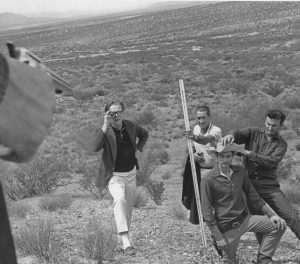
“It felt like the universe just, you know – like it fell into my lap in some ways, and meeting him definitely sealed the deal … I’m making this film, ya know?” Smith expressed.
At that time, Smith wanted to screen “George Andrews” following the premiere of “The Devil’s Mistress”, but unfortunately, these plans fell through due to the pandemic. She said in the meantime, she was stitching the pieces of the 16mm magnetic sound reels together.
“I was really struck by how incredibly interesting it was, and the fact that nobody knew about it, and that there were all these films,” Smith said.
She plans for the documentary, “Birth of the Acid Western”, which chronicles Wanzer’s influence in the New Mexico film industry, to be released sometime between August and the end of the year. The title of the documentary was inspired by Smith studying the point of view in “The Devil’s Mistress” and its role in the Acid Western subgenre.
“I’ve been working on it a long time and there’s a lot of momentum.” Smith said.
Throughout the remainder of the year, Smith plans to screen “The Devil’s Mistress” in historical theaters across New Mexico to help fundraise for the documentary to be finished.
“I’m hoping … to spread the word, build some hype, and hopefully find some backers and donors who are willing to support the film in more of a substantial way – you know, more than a movie ticket or something like that,” Smith said.
At this point in her project, most of the Wanzer archive has been digitized, but Smith said there is still a lot of work ahead.

“NMSU students or people in the area should go to that archive and check it out, because even if you’re not gonna work on it, do some research … films can be made from this film [reels],” Smith said. “I would say, it’s really tragic that NMSU hasn’t taken advantage of this incredible gold mine … All this work I’ve done, really fighting tooth and nail to do it, and over time, getting support – but I’m just one person, and so, I really hope that this work leads more students to this … There’s a big opportunity to create art with this archive.”
She offered advice to anyone who might also take on an unexpected but inspirational project.
“For filmmaking or for anything, if something lights your fire and makes you curious, or makes you kind of want to create something, just lean into it all the way, and magic will happen,” Smith said. “You may not know exactly what will happen, but I think anything that you’re passionate about that moves you to kind of create is not something to be ignored. That’s really how this project started – I had no idea it was gonna be this, like, five years, huge project where I became kind of like a film archivist, preservationist, and expert on Acid Westerns and New Mexico filmmaking … This project has transformed me in a way so that even if no one ever watched this documentary, it will have had an incredible [impact].”
The NMSU archive is located in Branson Library on the fourth floor near the reading room. For those interested in contributing to Smith’s documentary, please visit the film’s website.


